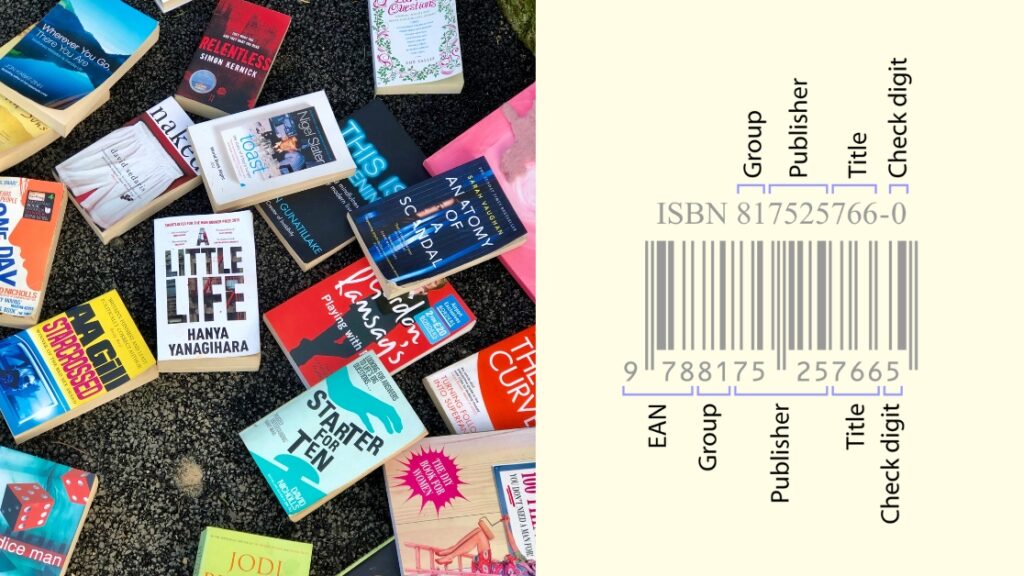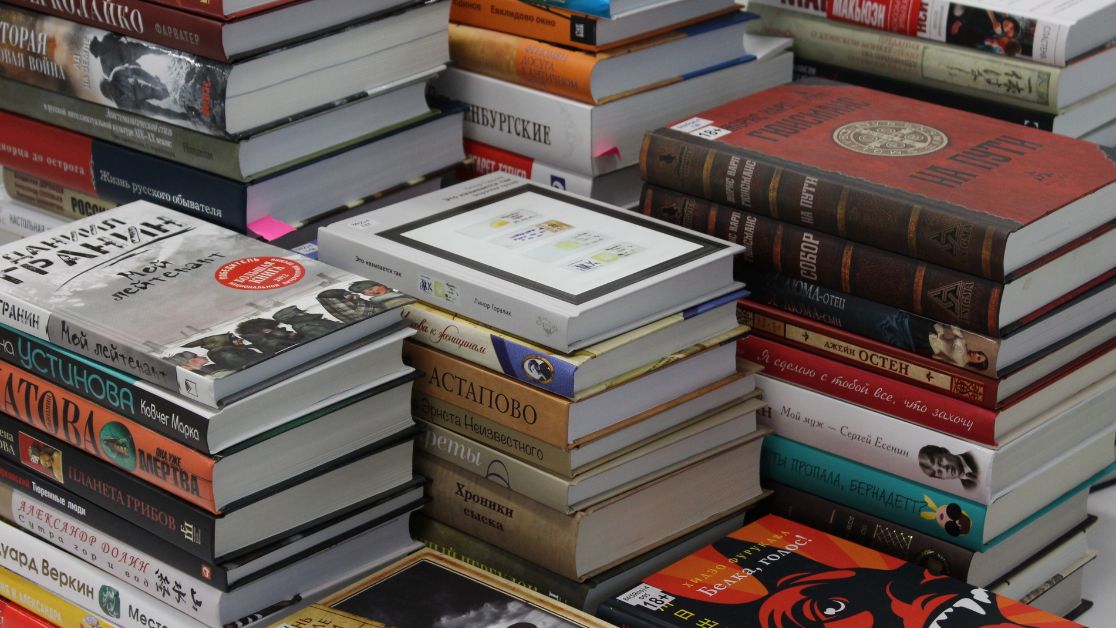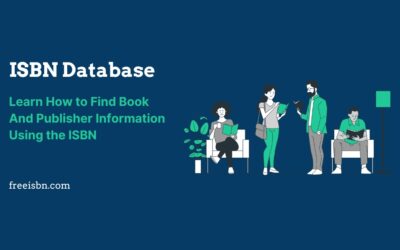ISBN (International Standard Book Number) is a unique identifier for books that is used by publishers, booksellers, and libraries to efficiently manage and track books. The ISBN-10 and ISBN-13 number that is assigned to a book and appears on its cover, title page, and copyright page. ISBN-10 is a 10-digit version of the ISBN that was used until the end of 2006. ISBN-13 is the newer 13-digit version of the ISBN that was introduced in 2007 to replace ISBN-10.
The main difference between the two is the length of the number and the way it is calculated. While ISBN-13 comes with the ISBN Prefix, ISBN-10 doesn’t. The ISBN prefix is the first 3 digits of the number found in ISBN-13. It could be 978 or 979. The switch to ISBN-13 was made to accommodate the growing number of books and to provide more accurate and efficient tracking and inventory management.
What is ISBN-10?
ISBN-10 is the original version of ISBN format. It was introduced in 1970 and uses 9 digits plus a check digit to identify a book. The check digit is the last digit of the ISBN, and it is used to verify the accuracy of the other 9 digits in the ISBN.
The 10 digit of ISBN is an old format and was used before 2007. ISBN-10 becomes ISBN-13 by adding the prefix 978 and recalculating the whole ISBN. ISBN-13 can be converted into ISBN-10 as long as it uses the 978 ISBN prefix.

The 10-digit ISBN was the first type of ISBN. It was introduced in 1970 and consists of four parts: the group identifier, the publisher identifier, the item identifier and the check digit.
The 13-digit ISBN was introduced in 2007 as part of efforts to standardize all global commercial book publishing. The structure of 13-digit ISBNs looks like this: 978 0 306 40615 7
Advantages
The ISBN-10 format was developed to be more user-friendly and to allow more space for marketing information on the packaging of books. The EAN bar code was developed concurrently with the ISBN-10 standard and became a mandatory part of the standard in Jan 2007.
The main advantages of ISBN-10 over ISBN-13 are:
- Shorter and fewer digits. This can make it easier for readers to input the number when searching for a book online.
- Easier to calculate manually without a check digit (the last digit in the code), although this is not recommended.
Disadvantages
Although ISBN-10 has been used for more than thirty years, there are some disadvantages to using this system. One of the biggest problems is that ISBN-10 is running out of numbers. Because ISBN-10 uses only ten digits, there are only one million possible ISBNs. This might seem like a lot, but when you consider that there are over six million books in the United States alone, it’s easy to see how the system could run out of numbers.
Another issue with ISBN-10 is that it doesn’t consider changes in the book industry. For example, many books are now published in both print and digital formats. This means that a single book might need two different ISBNs, one for the print version and one for the digital version. This can be confusing for both publishers and consumers.
What is ISBN-13?
ISBN-13 is an updated version of the ISBN-10 standard. All books published after January 1, 2007, should use the ISBN-13 standard. ISBN-13 is more efficient than ISBN-10, and it offers a better way to track and manage books.

ISBNs are numbers that identify books. The International ISBN Agency allocates ISBNs to publishers on a regional basis. In countries that participate in the ISBN system, an ISBN is required on all books except in certain circumstances.
The ISBN-13 is also known as the EAN-13 barcode. This barcode can be scanned by barcode scanners and mobile phones with apps that can read barcode formats.
In addition to the EAN-13 barcode, some books also have an optional 2 or 5 digit supplement code appended to the ISBN-13 which provide additional information about the book, such as the price or edition number.
Advantages
An ISBN-13 is a thirteen-digit number that uniquely identifies books and book-like products published internationally.
The advantages of using an ISBN-13 include:
- Comes with Prefix 978 or 979
- Widely accepted
- Easy to obtain as all ISBN agencies now provide ISBN-13
- Convertible into ISBN-10 if prefix is 978
Disadvantages
There are no disadvantages of ISBN-13 compared to ISBN-10. It is 3 digit longer, starting with prefix. Having a prefix number also makes ISBN number differentiated from a random 13 digit number.





